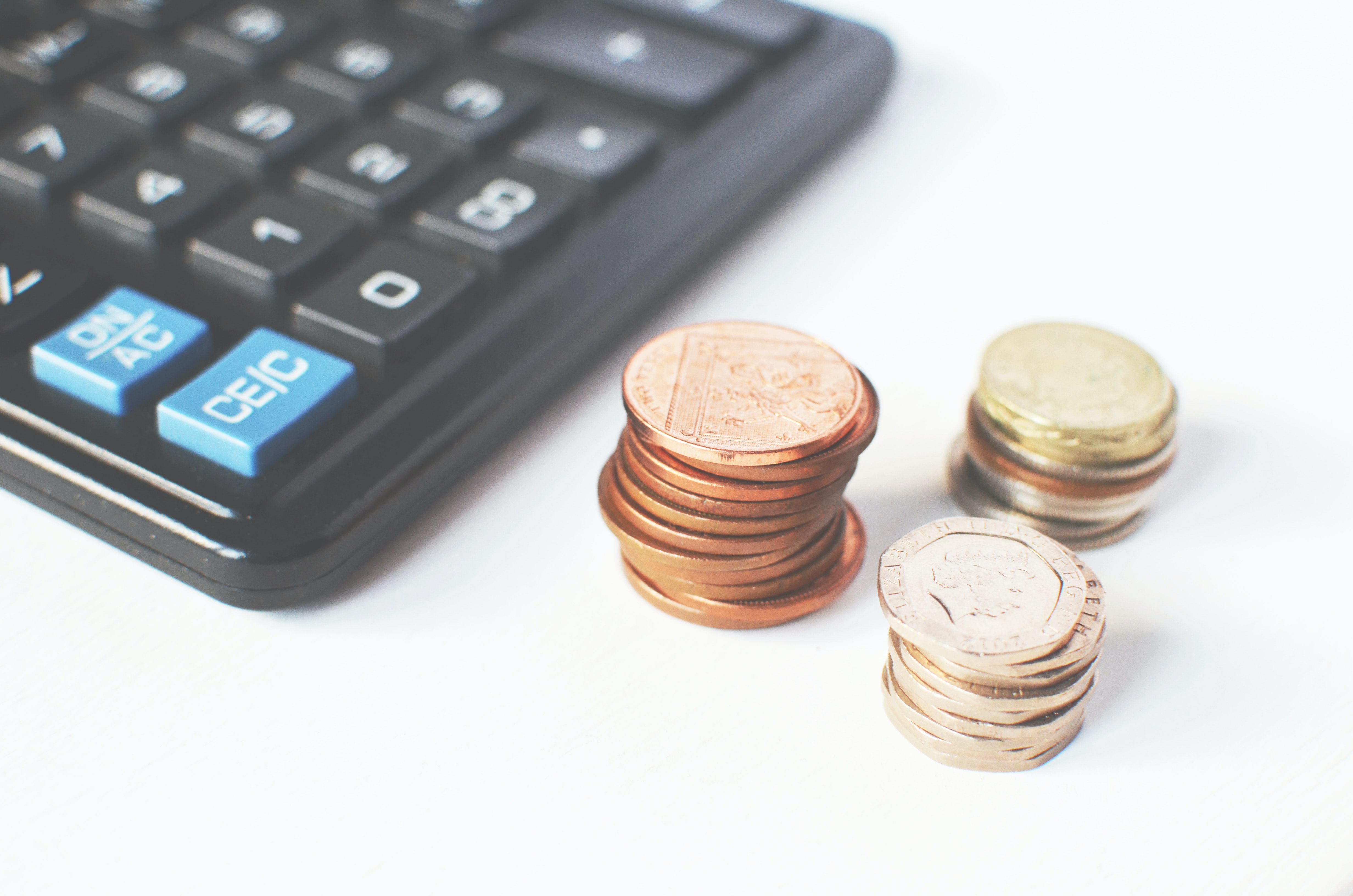Example (main scheme)
Tom earns £20,000, so his pension in year 1 is worked out as: £20,000 x 1/49th = £408
The £408 that Tom earns in year 1 is revalued at the end of the next year. So, at the end of year 2, this part of Tom's pension is £408 x 1.04 = £424 + inflation.
Example (50-50 scheme)
If Tom opted to be in the 50-50 scheme instead of the main scheme and still earns £20,000, his pension in year 1 is worked out as: £20,000 x 1/98th = £204.
The £204 that Tom earns in year 1 is revalued at the end of the next year. So, at the end of year 2, this part of Tom's pension is £204 x 1.04 = £212 + inflation.




